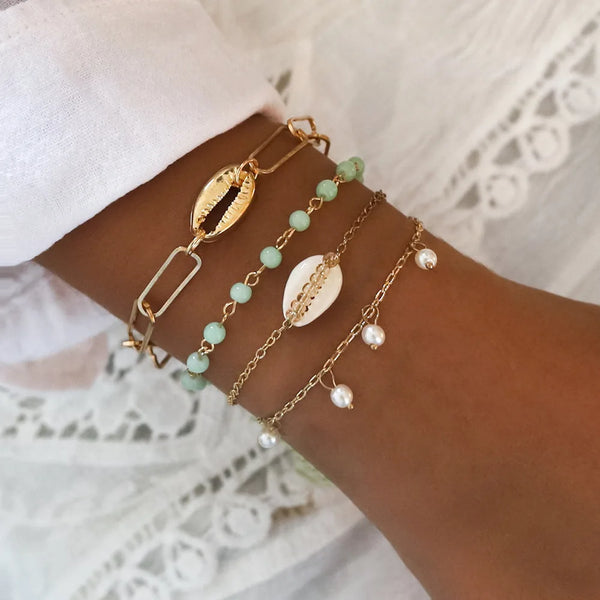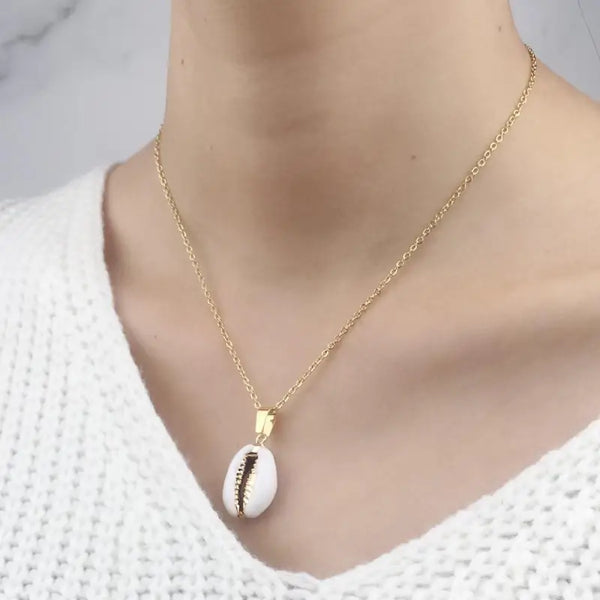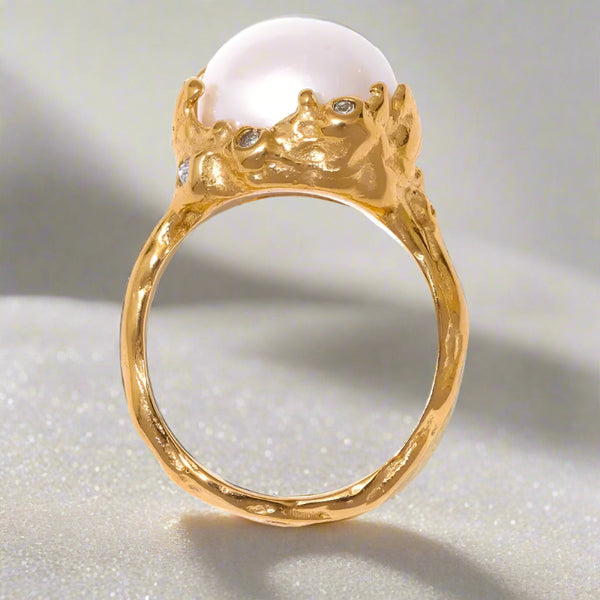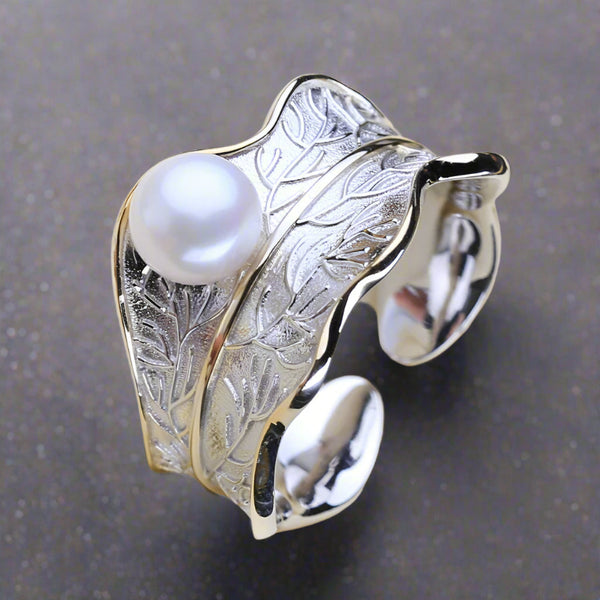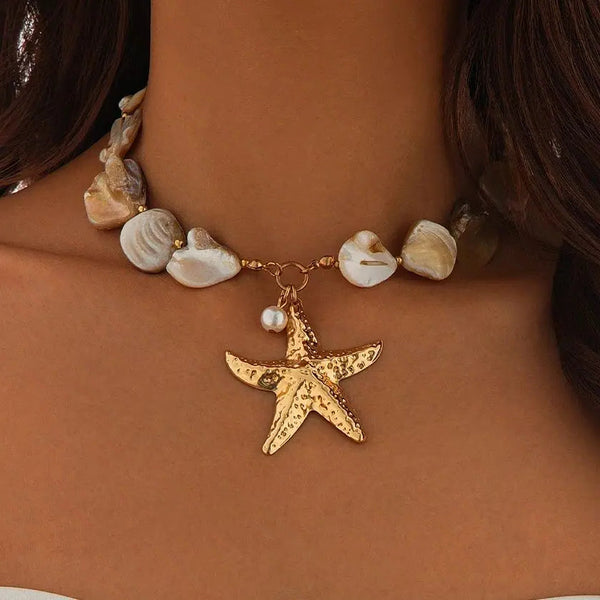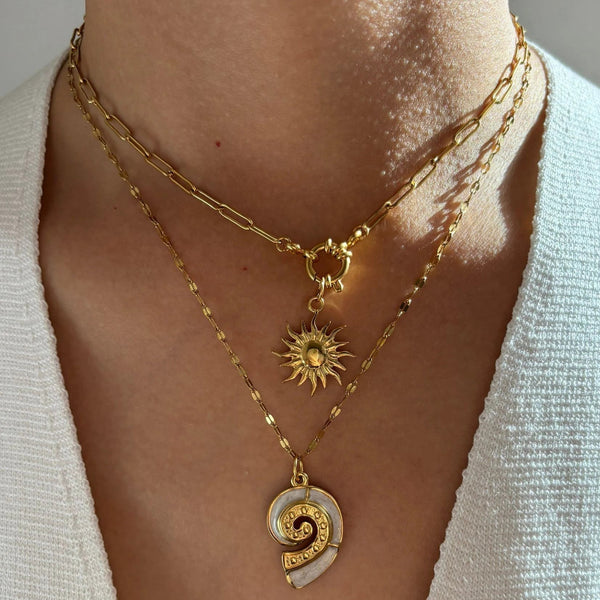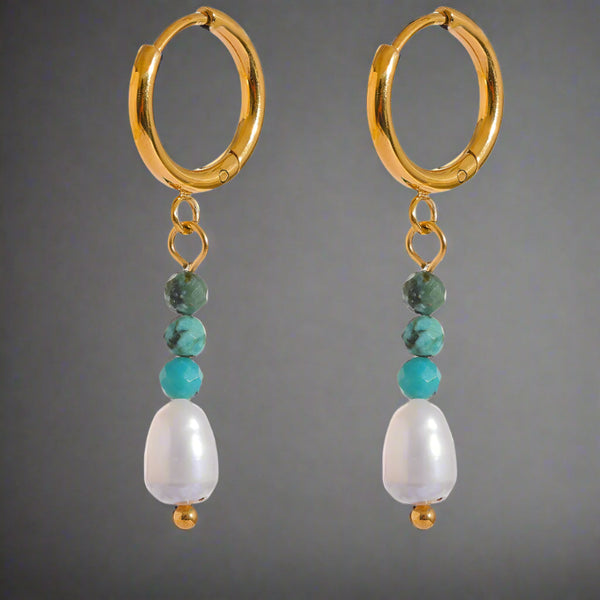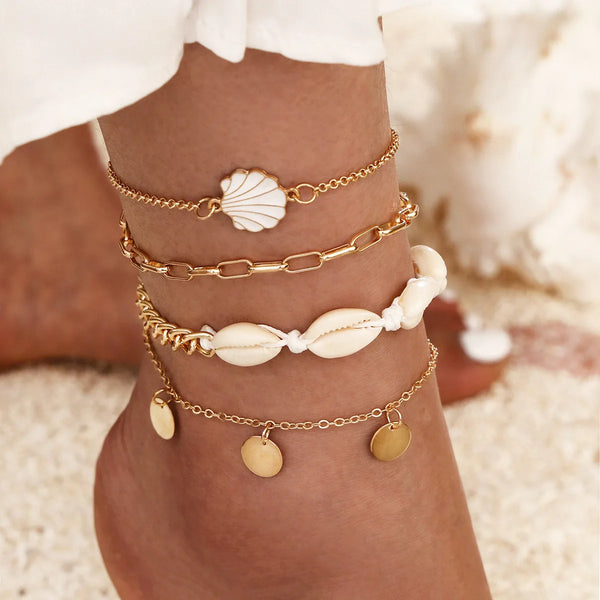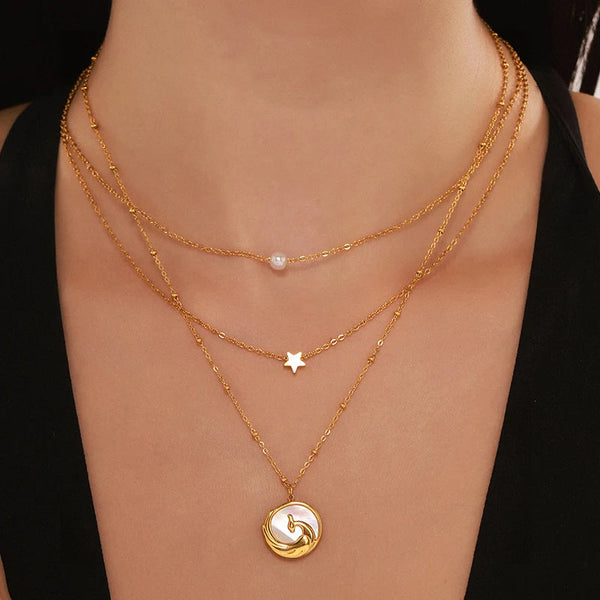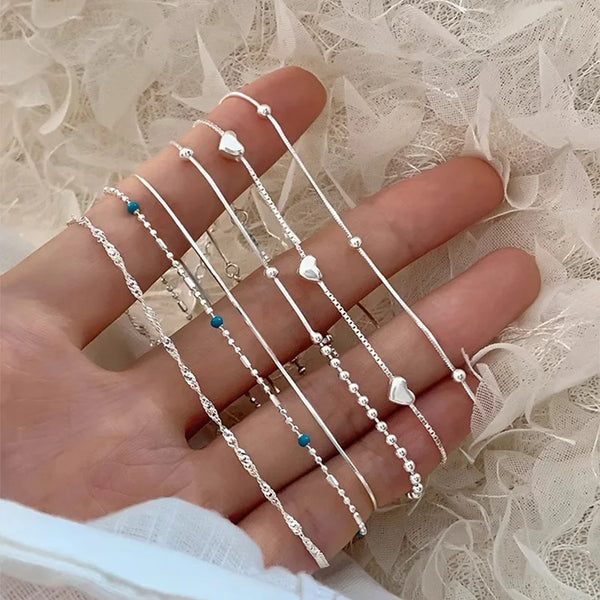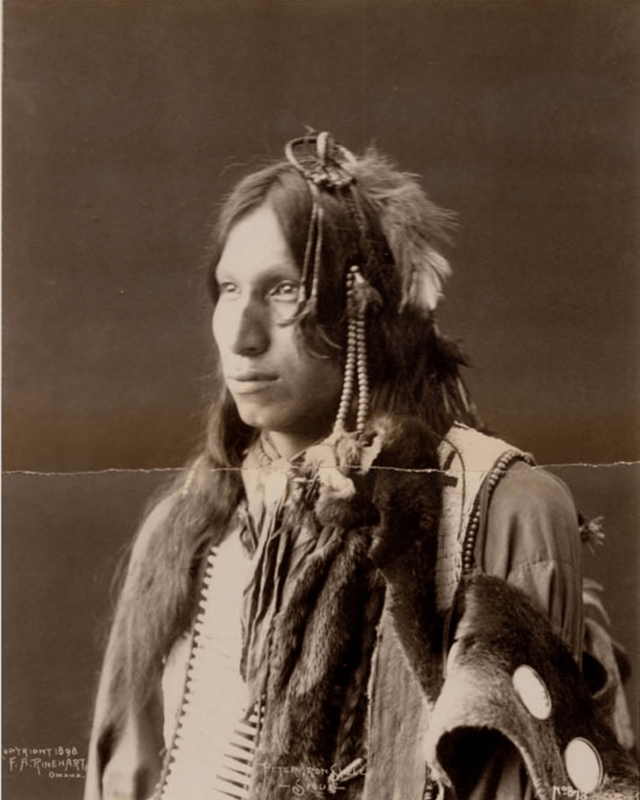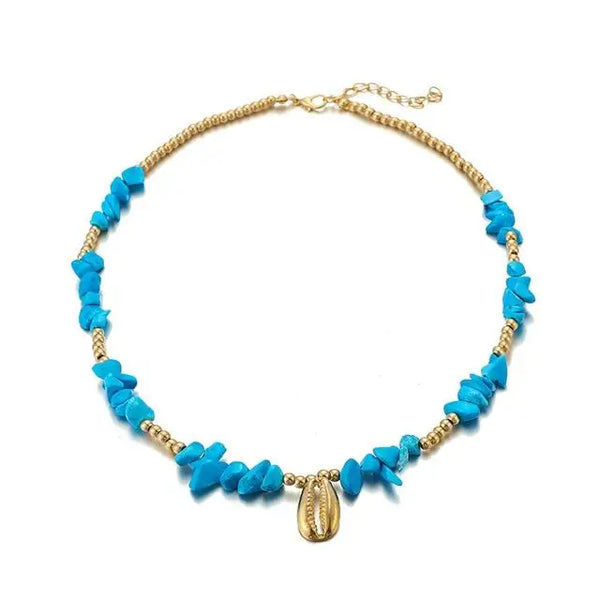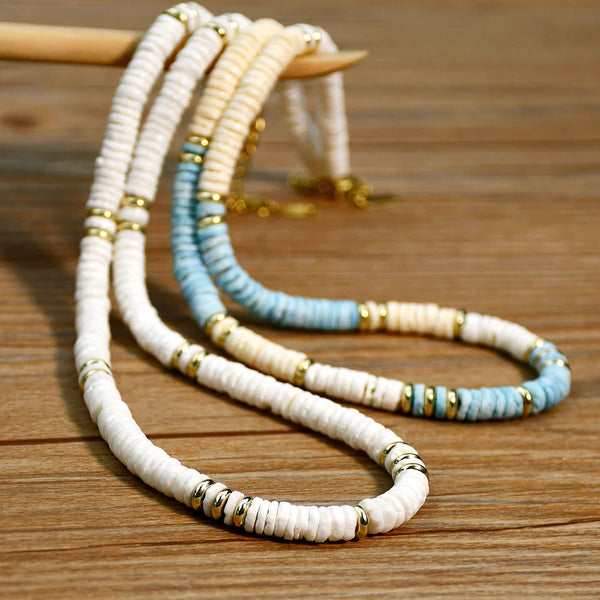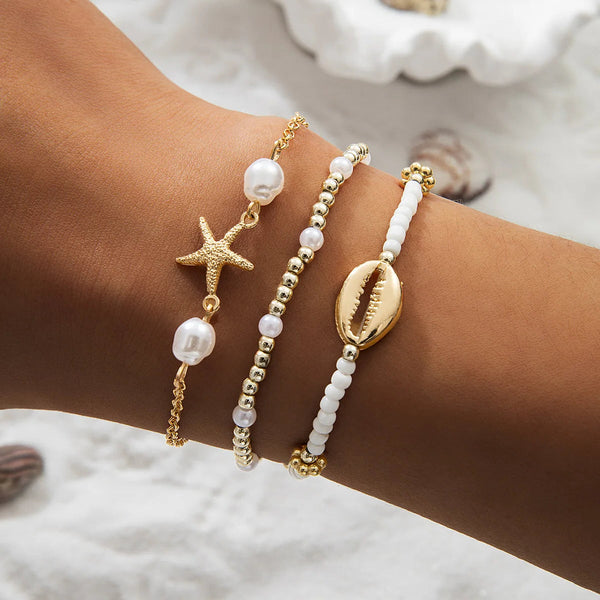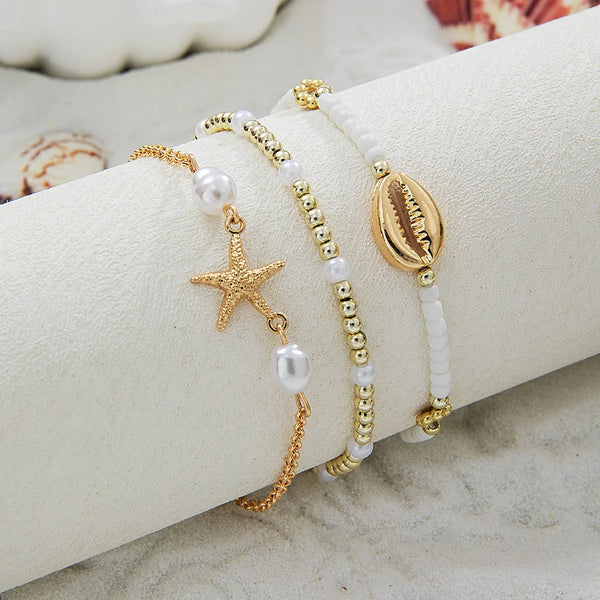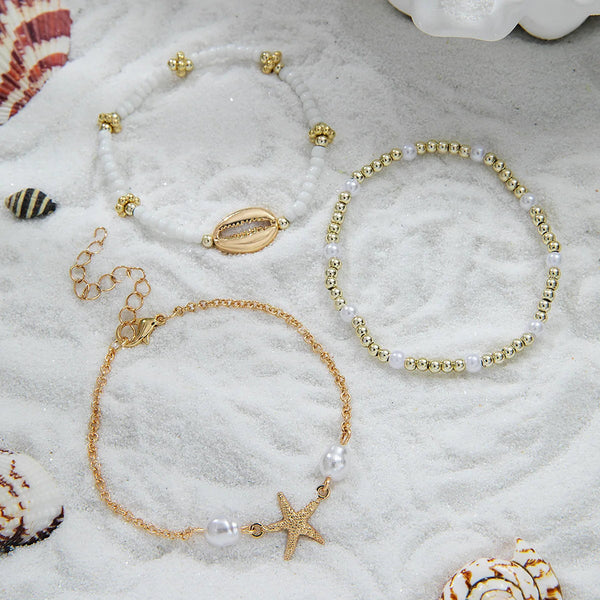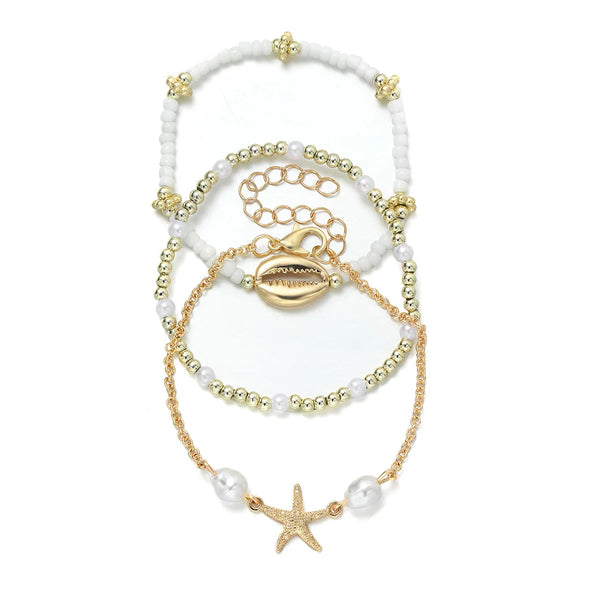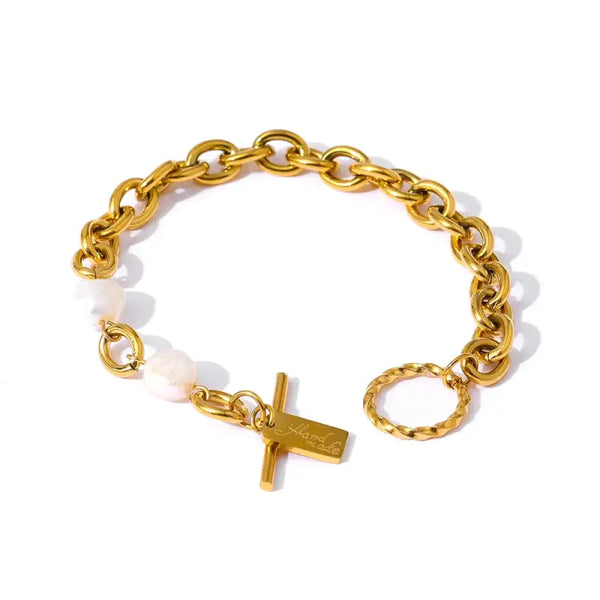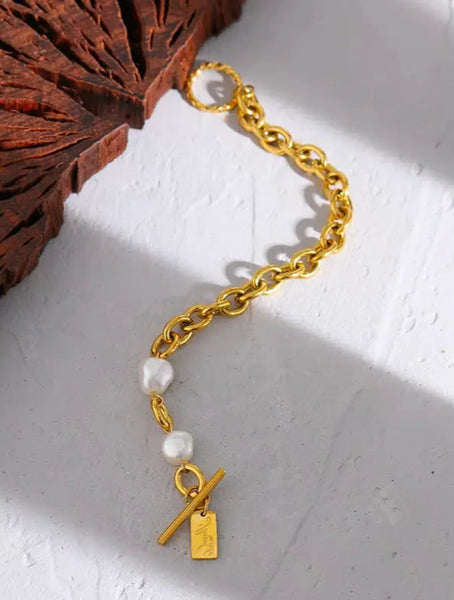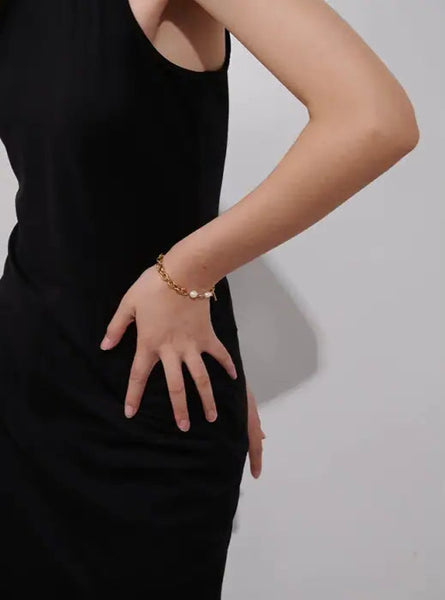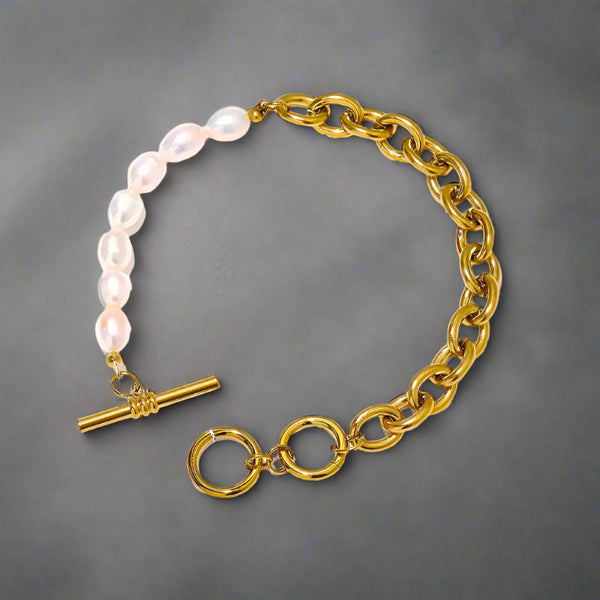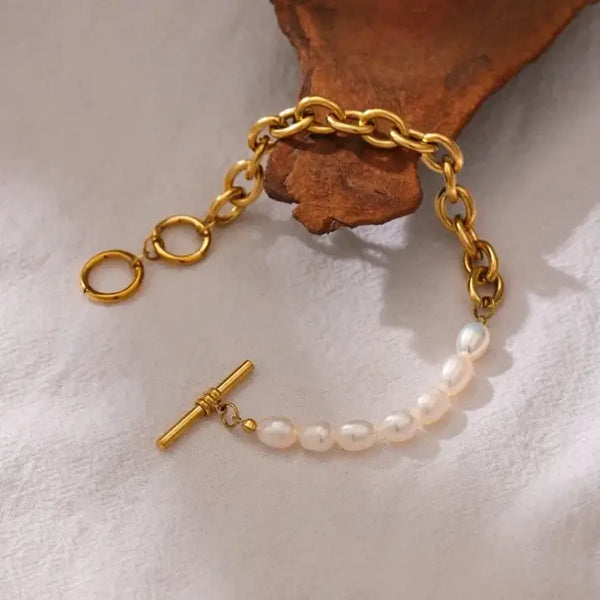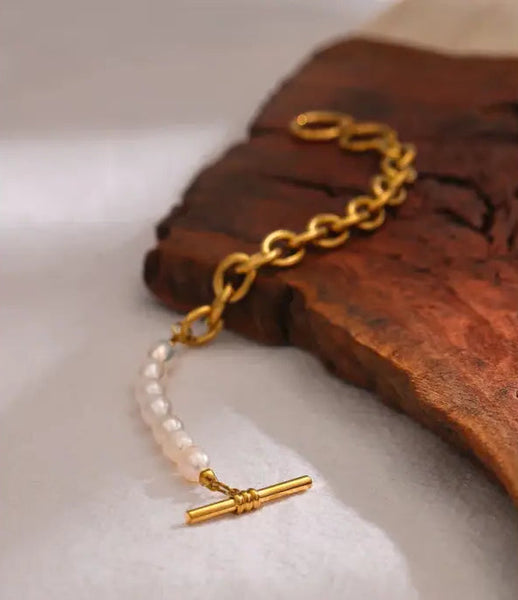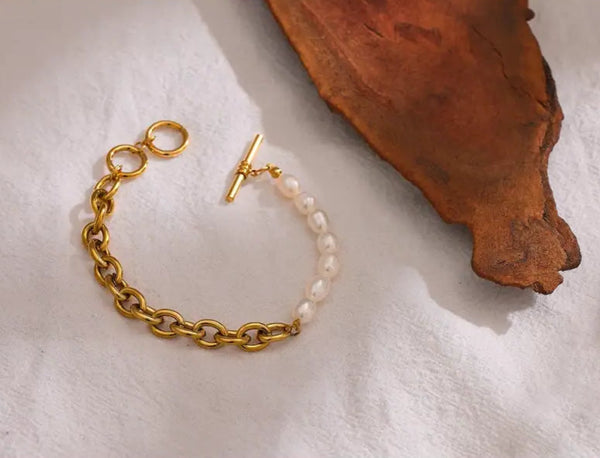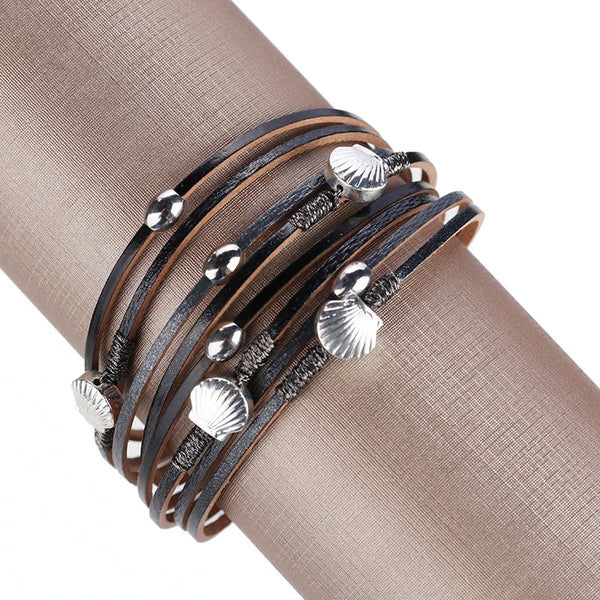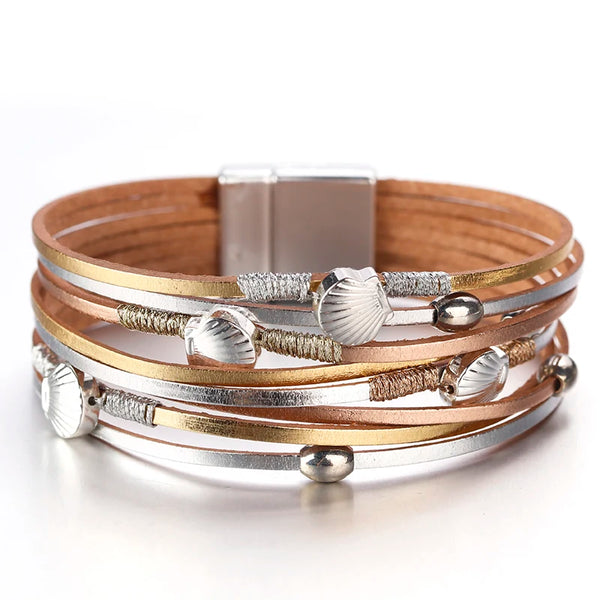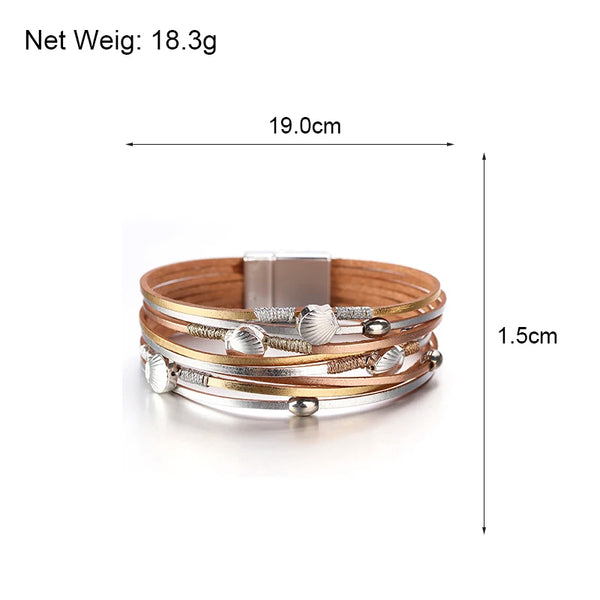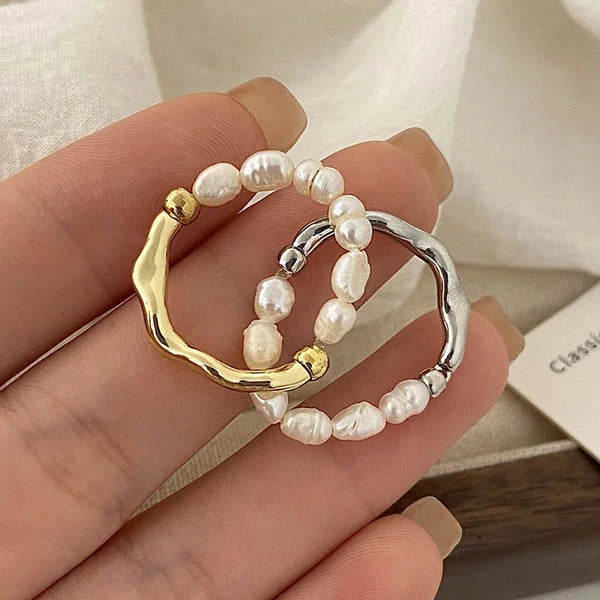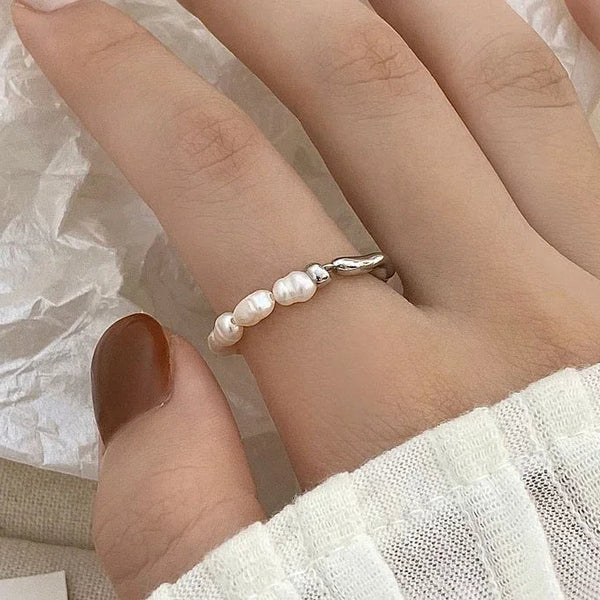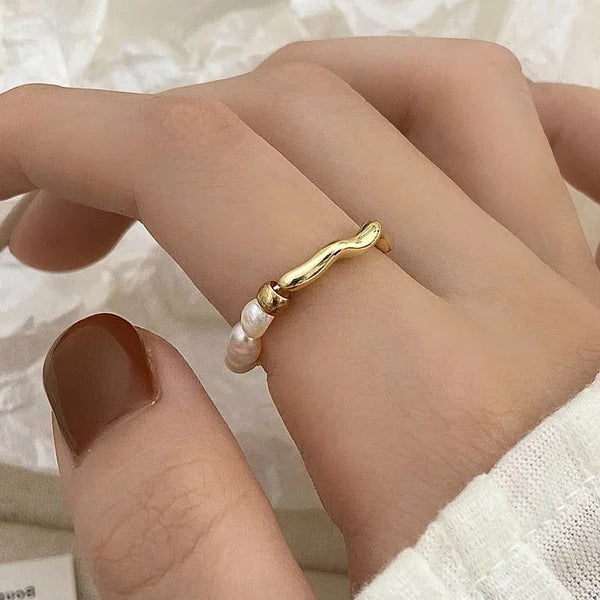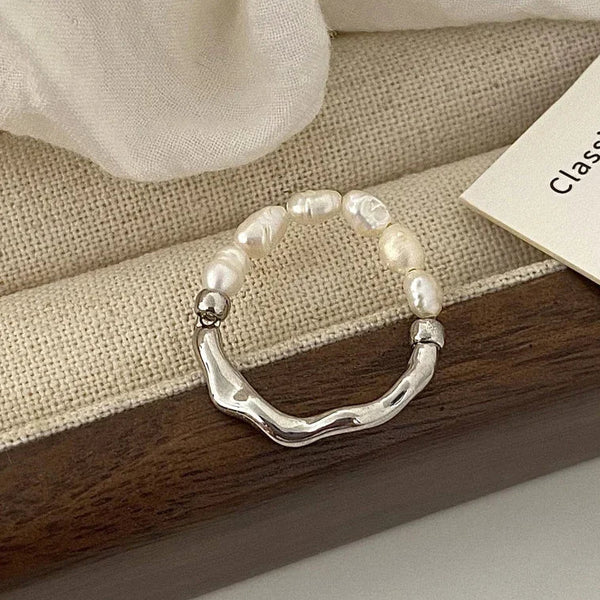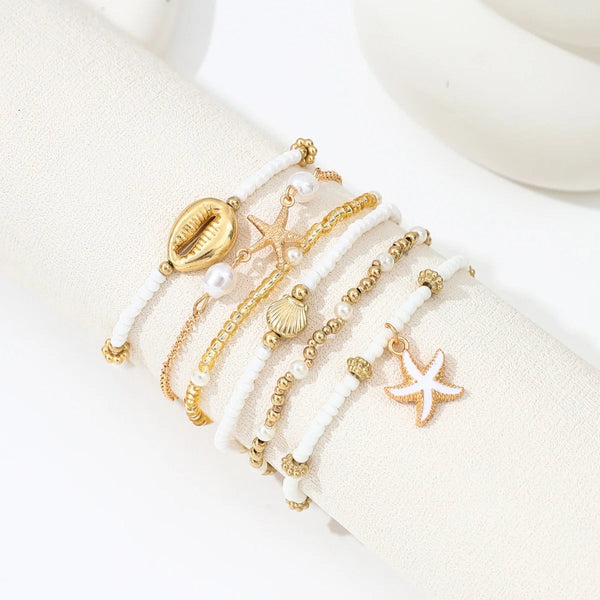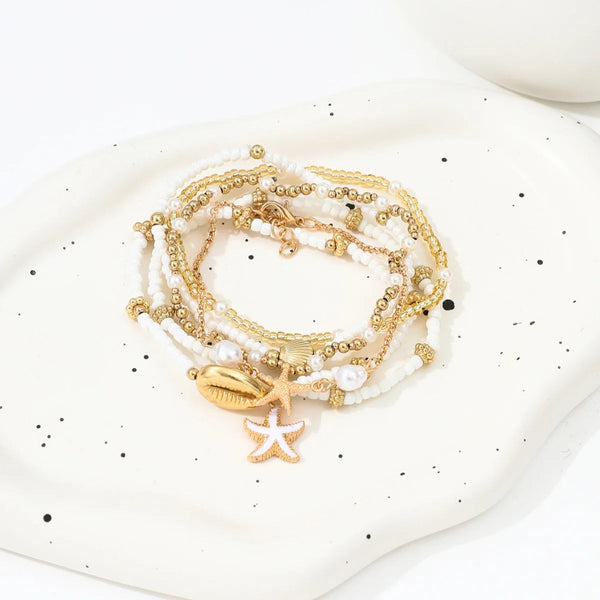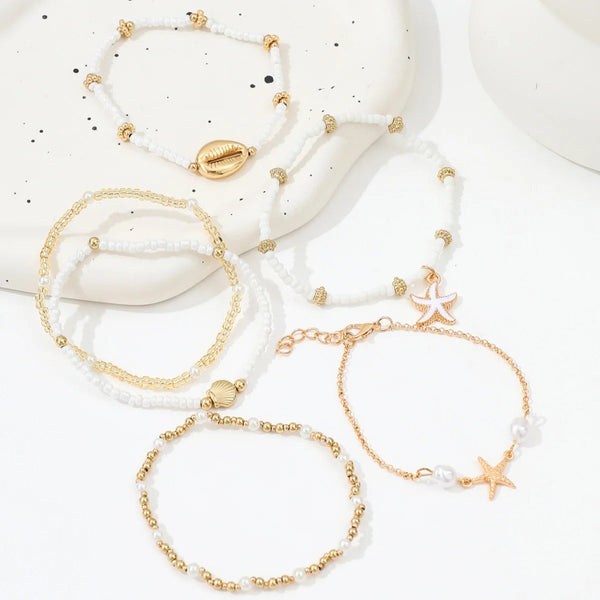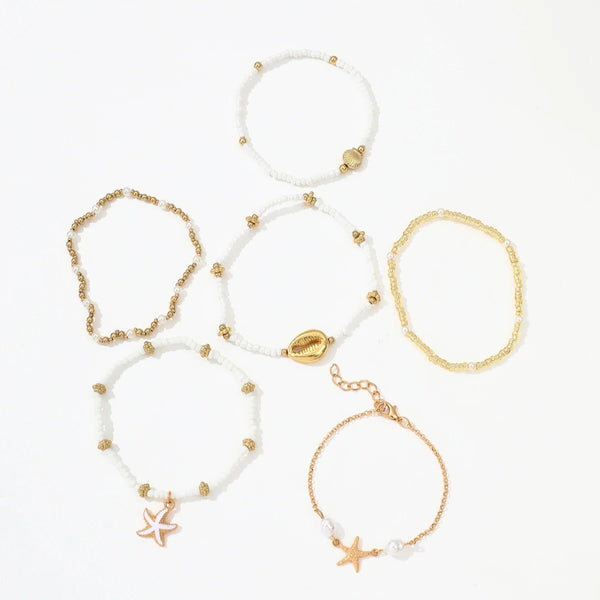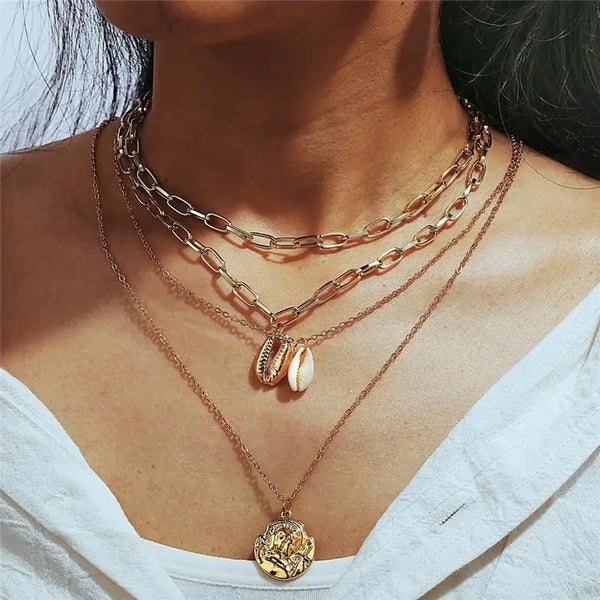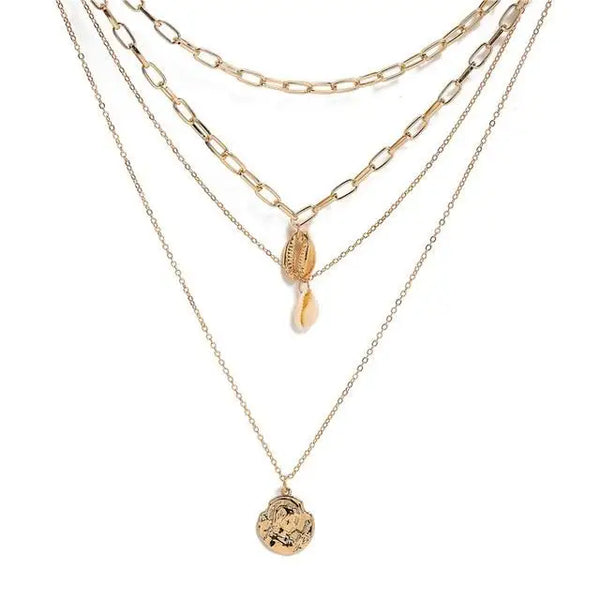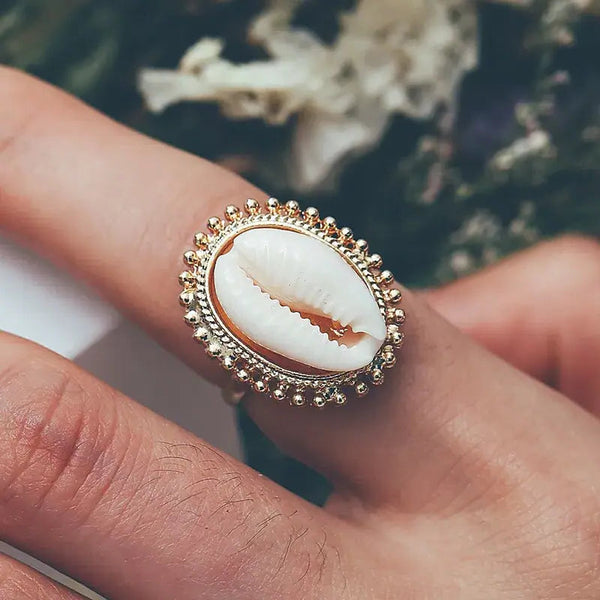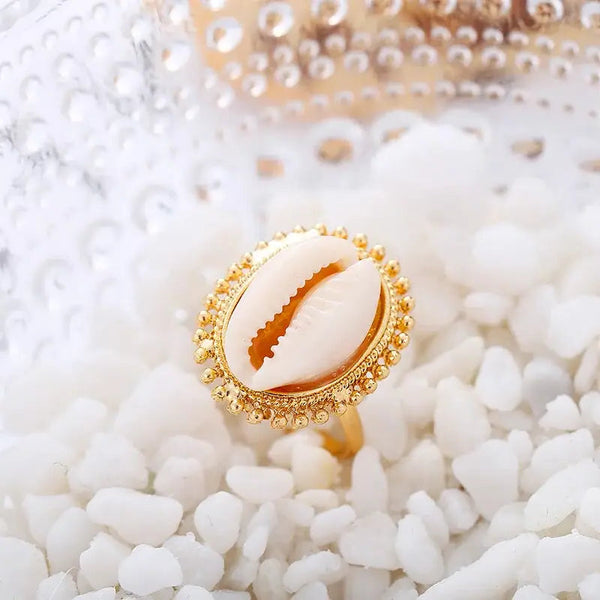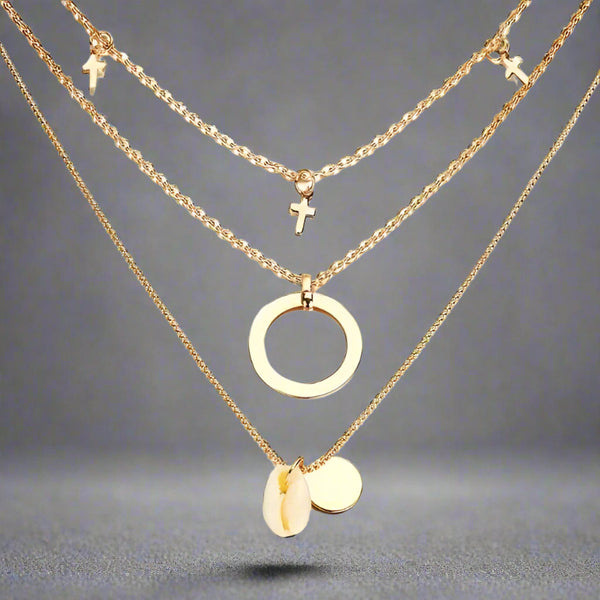Shells have played a significant role in Native American traditions for centuries. Used in rituals, mythology, and trade, they symbolize life, nature, and spiritual connections. Their presence in daily life extended far beyond practical use, shaping indigenous customs, intertribal relations, and even interactions with European settlers. This text explores the importance of shells in Native American culture, examining their use in ceremony, legend and commerce. This article also highlights their influence on shell jewelry, including shell necklaces, shell bracelets, shell anklets and shell amulets.
Shells in rituals and ceremonies
The use of shells in cleansing rituals
Shells, such as abalone shell necklaces and conch shell amulets, have long been valued for their role in purification ceremonies. Many tribes, including the Lakota, Cherokee and Navajo, used shells to hold burning sage and other sacred herbs believed to purify negative energies. The Pueblo people incorporated shell bowls in water purification rituals, linking them to spiritual renewal. Archaeological studies indicate that as early as the 1700s, the Chumash and Tongva peoples incorporated shells into religious ceremonies, a practice still observed today in some indigenous communities.

Large conch shell bracelets were also used as ceremonial instruments. Their deep resonant sound was believed to have protective properties. It was used to summon spirits or cleanse participants before significant events such as rites of passage or weddings. Their spiral shape, symbolizing cycles of life, reinforced their spiritual significance.
Shells as symbols of water and rain
Because they originate from the ocean, shells were often associated with water deities and rain-making rituals. The Iroquois believed that shells carried blessings and provided protection. The Hopi people used them in ceremonies to attract rainfall, while Zuni legends mention conch shell anklets linked to a water serpent deity representing fertility and precipitation. Similarly, Aztec and Mayan religious practices incorporated shells in rain-invoking rituals to support agriculture.
Archaeological evidence suggests that some tribes used handmade shell jewelry as sacred water vessels, collecting rainwater for blessings and ceremonies. Others placed shell-adorned amulets near lakes and rivers as offerings to water spirits. In healing traditions, natural shell pendants, were believed to absorb illnesses and promote physical and spiritual restoration. Some tribes fashioned shell anklets and shell bracelets to wear during rain dances, believing they strengthened the connection between the earth and the sky.
Seashells in funeral rites and homage to ancestors
For many indigenous groups, shells played a role in guiding the deceased to the afterlife. The Chumash crafted intricate shell bead necklaces to accompany the dead, a custom dating back over 2,000 years. Spanish records from the 1700s describe how coastal tribes frequently buried individuals with ocean shell jewelry, signifying honor and protection. Excavations of Mississippian burial sites (800–1600 AD) have uncovered numerous shell artifacts, underscoring their sacred role in ancestral traditions.
Certain shells were chosen specifically for funerary rites. Spiral shell pendants, for instance, were believed to create a spiritual pathway for the soul, while others symbolized continuity and eternal existence. The placement of shell jewelry pieces in burial sites suggests a deep respect for tradition and a belief in the enduring presence of ancestors. Some tribes carved intricate patterns into shell amulets, embedding them with sacred prayers or symbols to protect the deceased on their journey to the afterlife.
Shells, myths and legends
Shells as symbols of life and the universe
For many Native American cultures, shells represent the cyclical nature of life. Haudenosaunee (Iroquois) mythology describes the world as resting on the back of a giant turtle, whose shell patterns reflect the natural balance of existence. The spiral shell design, often found in conch shell pendants, is viewed as a representation of cosmic order and the spiritual journey of life.

Beyond creation stories, shells were linked to lunar cycles, tides, and seasonal changes. Some tribes decorated seashell jewelry with celestial patterns, reinforcing their connection to the cosmos. These shells were sometimes placed at sacred sites to mark the passage of time or to honor seasonal transitions. The Navajo, for example, believed that shell necklaces worn during solstice ceremonies helped connect them to the shifting energies of the universe.
Mythological and spiritual tales of shells
Many indigenous tribes tell stories of magical shells. The Apache and Comanche recount legends of spirits seeking refuge inside protective shell amulets to avoid danger. Among the Pima people of Arizona, there is a story of a hero who used a sacred shell bracelet to cross treacherous waters and defeat a powerful serpent. Shamans often wore spiritual shell necklaces as part of their ceremonial attire. They believed that these ornements enhanced visions and strengthened spiritual connections.
In some traditions, shells were thought to be gifts from ocean deities, offering protection to those who carried them. Some tribes believed that hand-carved **shell pendants** could be used as tools to communicate with ancestors or invoke supernatural help in times of trouble. These beliefs reflect the profound spiritual link between indigenous communities and their environment. Warriors were sometimes gifted shell anklets before battle as symbols of strength and divine protection.
Shells as currency and trade items
Wampum: shell beads as currency
In the Northeast, many tribes crafted shell bead bracelets from quahog and whelk shells to create wampum, which served as both currency and a method of recording agreements. Wampum was widely used in trade, diplomatic treaties and storytelling. By the 1600s, European settlers also adopted shell bead jewelry as a form of currency.

The Pequot War (1636–1638) was influenced in part by disputes over wampum production, demonstrating its economic importance.

Wampum beads also had social and political significance. Their patterns and colors conveyed narratives of alliances, conflicts, and important historical events. They were exchanged in marriage contracts and presented as ornate shell gifts symbolizing respect and allegiance.

The Role of shells in intertribal trade
Beyond currency, shells were valuable trade goods among tribes. Coastal communities exchanged handmade shell necklaces and bohemian shell jewelry with inland groups for materials such as animal hides, copper tools, and agricultural products. These trade networks helped foster cultural exchange and establish economic stability among different Native American societies.
Certain rare shell pieces became markers of social status, with finely crafted shell anklets and bracelets being reserved for leaders and warriors. The discovery of shell artifacts in inland archaeological sites suggests that trade routes extended far from coastal regions. These archaeological discoveries highlight the complexity of indigenous economies.

To conclude, shells were much more than ornamental objects for Native American societies. They played a key role in spiritual ceremonies, mythology and trade, symbolizing life, power and economic stability. Their influence extended beyond aesthetics, shaping religious practices, social structures, and trade networks. Understanding the role of shell jewelry in Native American traditions allows us to appreciate the deep connections between indigenous communities, nature and cultural heritage throughout history.
Ready to embrace the beauty of the ocean?
Elevate your style with our handcrafted seashell jewelry, designed for free-spirited women who love nature and adventure. Discover unique, ethically sourced pieces that bring coastal elegance to your everyday look.
✨ Explore the collection now and find your perfect ocean-inspired accessory! Come to visit us
Join our community today and embrace the elegance of the ocean!


